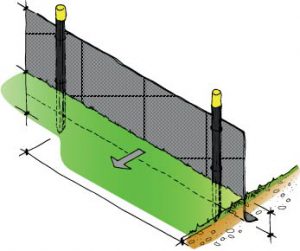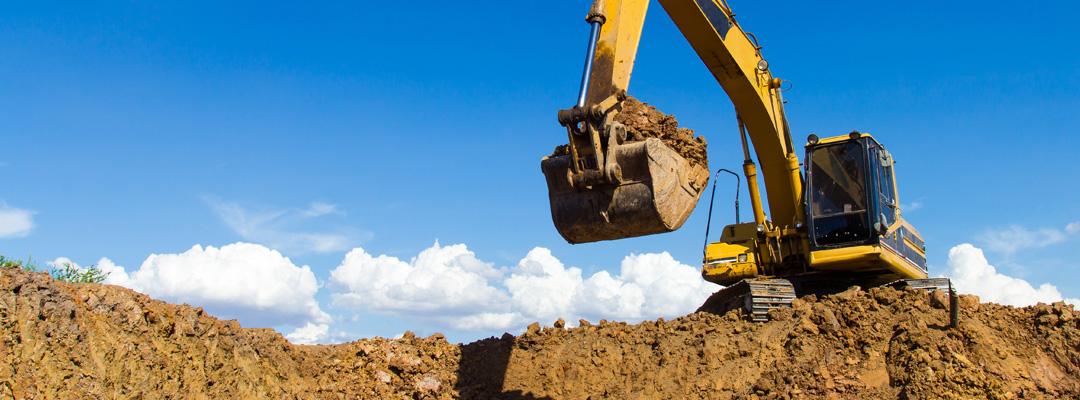Environment Canterbury is now conducting on-site reviews of erosion and sediment control practices at building sites in the Cashmere and Port Hills area.
We’re here to help you find a solution, but we’re letting you know that on-the-spot fines may be issued for sites that are not compliant.
We can assist you in the development of your Erosion and Sediment Control Plan. Check out this comprehensive toolkit with a wide variety of solutions and handy checklists, or get in touch on 0800 324 636 with any questions.
If you’d like us to mail you a free copy of our handy Builders Pocket Guide, sign up to our mailing list with your address. We’ll also periodically email you updates on workshops, erosion and sediment control solutions and provide a heads up on planned compliance activities.
Penalties for non-compliance
Although you may not be the holder of the resource consent, you and all sub-contractors are required to comply with its conditions while undertaking activity on site. Under the Resource Management Act, failure to comply with the conditions can result in your site being shut down, fines and/or court action.
All building sites need an Erosion and Sediment Control Plan
Uncontrolled run-off from building sites can contain chemicals or toxins that can clog waterways, drains and the stormwater system, killing plants and wildlife. It may also be carried onto nearby properties, upsetting neighbours. There are many practical ways to stop it.
Ways to prevent site run-off
- Schedule earthworks for dry weather.
- Avoid exposing large areas of land at one time and keep land disturbance to a minimum.
- Use tarpaulins or soil binders to protect exposed soil.
- Choose a suitable access point and stabilise it. The access point should be made of crushed rock/stone or clean aggregate free of silts to stop drivers tracking dirt onto the road. Make sure you compact it. Once an access point has been made, ensure that everyone uses it!
- Divert water (other than rain) away from earthworks and onto stable ground (grass, gravel or permeable paving).
- Keep as much existing grass coverage on site as possible and stabilise bare soil as soon as possible with mulch, gravel, planting or new grass.
- Control the flow of water with channels or contour drains.
Sediment control
 Control sediment run-off with:
Control sediment run-off with:
- vegetation
- silt fences on the downhill side of sloping sites to capture sediment run-off (shown in this diagram)
- filter socks and sediment ponds to trap sediment
- sediment ponds.
Keep silt control devices clear and ensure that cleared material cannot run into waterways or drains.
Concrete, asphalt and bitumen waste
Concrete wash water, cement slurry, asphalt and bitumen can join run-off when the materials are laid, equipment is washed or concrete is water-blasted to expose aggregate. Concrete and cement products can change the pH levels of streams, killing wildlife. One bucket of concrete wastewater in a stormwater drain can kill hundreds of fish and eels. It takes 100,000 litres of freshwater to dilute just one litre of concrete slurry to safe levels.
Contain run-off from concrete, asphalt and bitumen on site by:
- dewatering pile holes and footing trenches before pouring concrete to stop slurry spilling out and into drains
- diverting it onto on-site grass or soil for later clean-up
- containing it in an appropriate storage tank if possible.
Ensure subbies and delivery drivers wash concrete equipment on unsealed ground on site, such as gravel or grass, and that they don’t let washing water or concrete slurry run into stormwater drains.
Reproduced with permission from BRANZ.
You are required by Environment Canterbury to apply the best practicable options for erosion and sediment control in each situation within your building project, and to make sure that all your activities comply with regional rules or Resource Consents.
We’re counting on you to help protect our waterways.
He waka eke noa | We’re all in this together

